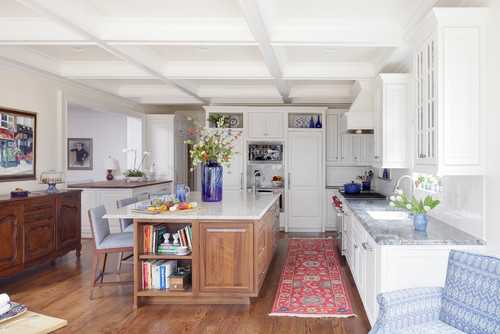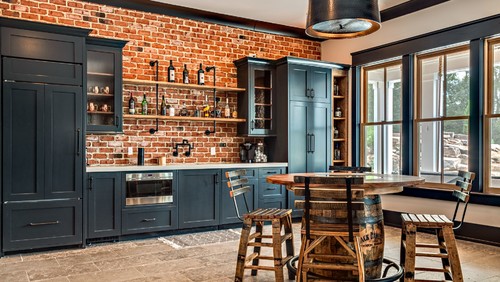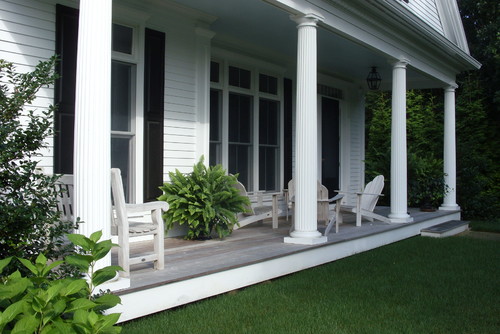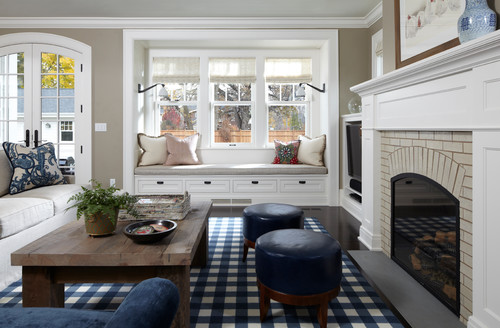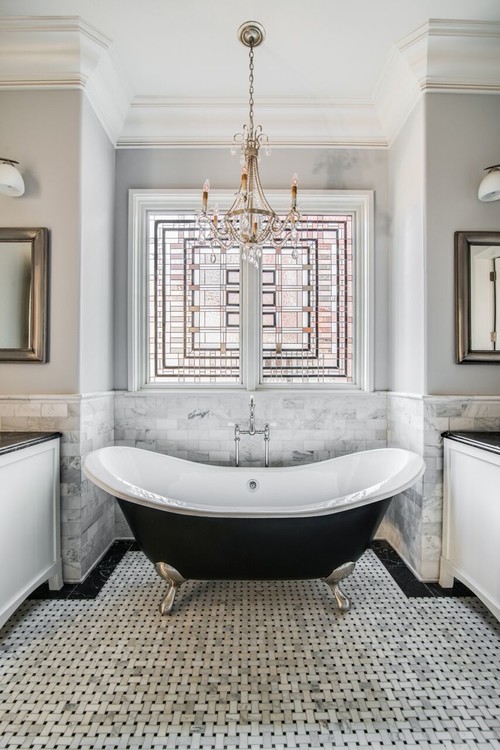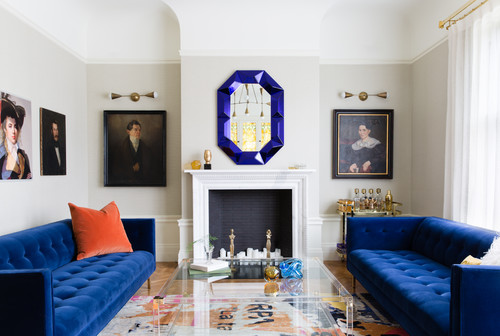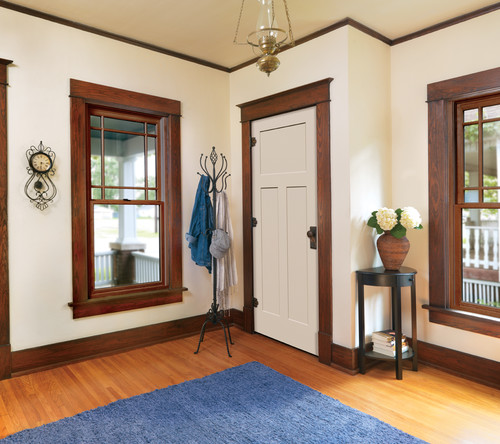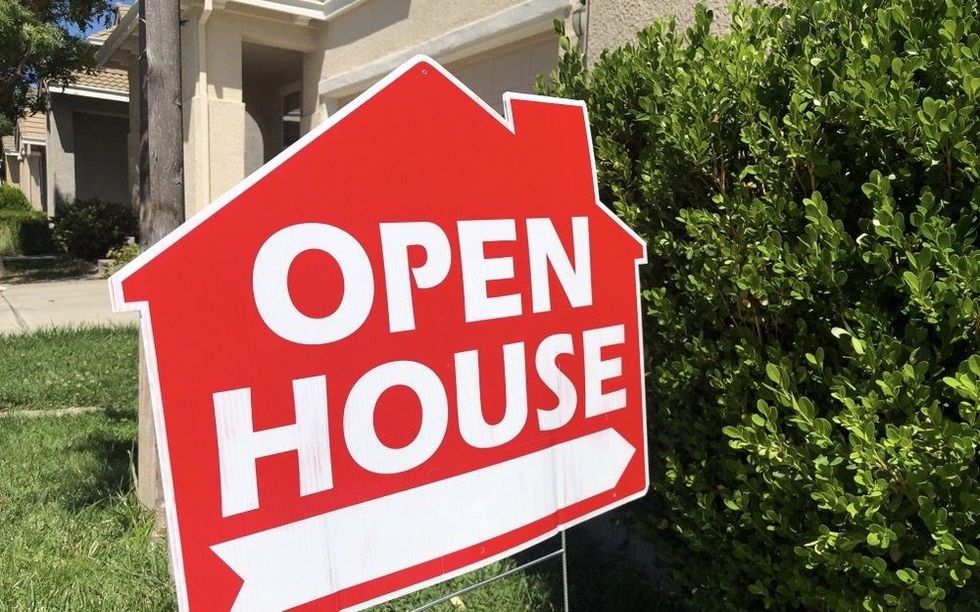A Victorian house sounds like it comes from the Victorian era. And the Victorian era conjures up images of women in corsets and hoop skirts lounging on fainting couches. But where? In a Victorian house, of course. But what exactly is a Victorian house? Even some people familiar with the term aren’t exactly sure what distinguishes this style of architecture.
Fancy, elaborate, and ornate are a few descriptions that may come to mind, but there’s a lot more history and highlights to this style. Allow us to elaborate on the pros, cons, and costs of these lovely homes and help you decide if this house style is right for you.

A brief history of Victorian architecture
As you may have guessed, Victorian homes were introduced during Queen Victoria’s reign (1837–1901) in England. Beauty over practicality was the prevailing design aesthetic of the time, and houses of the era reflected those same ideals.
It also helped that the Industrial Age had brought many innovations in architecture and construction to make such home decor possible: Power tools and mass production made fancy porch treatments and complicated trim widely available.
Although Victorian-era hoop skirts have gone the way of, well, hoop skirts, Victorian architecture has managed to maintain a steady appeal to this day. While this style is most popular in New England and the South, it can be found in all parts of the United States and around the world, appealing to anyone who’s bored to tears by spare, simple surroundings and longs for a more florid, precious, even feminine setting.
“Victorian homes almost have a dollhouse quality to them,” says Cheryl Zarella, a real estate agent in Bedford, NH. “There is so much architectural detail that goes into one.”
What defines a Victorian house?
There are various styles of Victorian houses, including Italianate, Gothic Revival, and Queen Anne. However, Zarella explains, these are some of the typical features in all Victorian homes:
- Distinctive ornamental style
- Lively color schemes
- Asymmetrical shape
- Extensively detailed woodwork
- Ceiling medallions
- Exquisite hardwood flooring
- Copper and tin ceilings
- Typically, three stories
- A wraparound porch
While the floor plans for Victorian houses are highly varied, many have a central hall or an L- or T-shaped layout, which emphasizes rooms with special functions(e.g., formal dining rooms, parlors, and sitting rooms for entertaining).
While many have square or rectangular floor plans, they are often adorned with setbacks, wings, and bays that make the layout complex. Some Victorian houses were even built with octagonal or round floor plans.
Famous Victorian homes
If you’re still not able to picture what a Victorian House looks like, just watch an episode of “Full House.” Yep, the Tanner home is a perfect example of a Victorian home with its multiple levels and ornate features.
It’s just one of seven San Francisco Victorian home styles known as the “The Painted Ladies” for their colorful exterior paint colors. But there are actually quite a few groups of “painted ladies” in other cities, including Toledo, OH, and New Orleans.
Other famous Victorian houses include the Gingerbread House in Savannah, GA, and the Wedding Cake House in Kennebunk, ME. Some have been gorgeously restored and preserved, while others have been updated and modernized.
Pros and cons of Victorian homes
Victorian homes tend to be more expensive than other simpler homes such as Cape Cods and ranches. They’re typically bigger in size, because they have more floors, and the architectural details increase the price as well.
Though bigger in size overall, Victorian homes do tend to have smaller bedrooms and smaller closets. Also, the upkeep and cost of repairs can add up. Lead paint and asbestos can also prove problematic, as they were both used widely during the Victorian era. Yet if this all sounds like more than you’d like to handle, take heart that plenty of Victorian-style homes are merely inspired by this old style of architecture but lack the problems of authentic Victorian homes. Consider it the low-maintenance option to this high-maintenance style.
Bottom line: While some may find them too busy or problematic, if you are a romantic at heart and want to feel a bit like royalty, a Victorian home could make you swoon.
For this and related articles, visit Realtor.com

